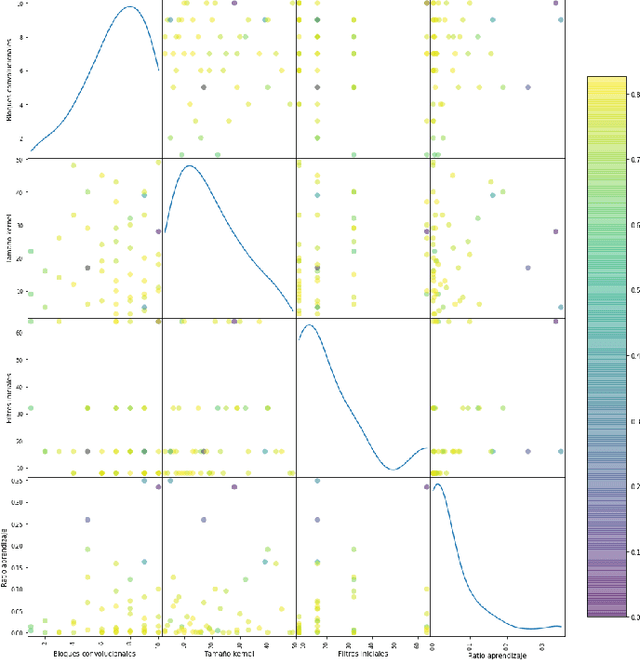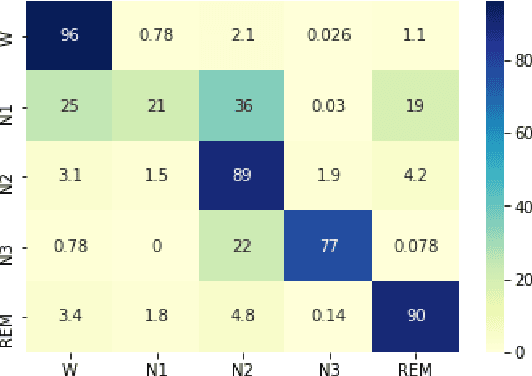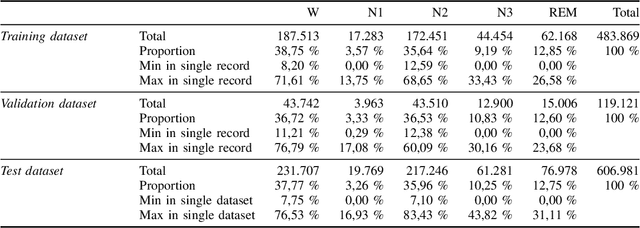Elena Hernández-Pereira
University of Coruña
Segmentation, Classification and Interpretation of Breast Cancer Medical Images using Human-in-the-Loop Machine Learning
Mar 29, 2024Abstract:This paper explores the application of Human-in-the-Loop (HITL) strategies in training machine learning models in the medical domain. In this case a doctor-in-the-loop approach is proposed to leverage human expertise in dealing with large and complex data. Specifically, the paper deals with the integration of genomic data and Whole Slide Imaging (WSI) analysis of breast cancer. Three different tasks were developed: segmentation of histopathological images, classification of this images regarding the genomic subtype of the cancer and, finally, interpretation of the machine learning results. The involvement of a pathologist helped us to develop a better segmentation model and to enhance the explainatory capabilities of the models, but the classification results were suboptimal, highlighting the limitations of this approach: despite involving human experts, complex domains can still pose challenges, and a HITL approach may not always be effective.
Evaluating Explanatory Capabilities of Machine Learning Models in Medical Diagnostics: A Human-in-the-Loop Approach
Mar 28, 2024



Abstract:This paper presents a comprehensive study on the evaluation of explanatory capabilities of machine learning models, with a focus on Decision Trees, Random Forest and XGBoost models using a pancreatic cancer dataset. We use Human-in-the-Loop related techniques and medical guidelines as a source of domain knowledge to establish the importance of the different features that are relevant to establish a pancreatic cancer treatment. These features are not only used as a dimensionality reduction approach for the machine learning models, but also as way to evaluate the explainability capabilities of the different models using agnostic and non-agnostic explainability techniques. To facilitate interpretation of explanatory results, we propose the use of similarity measures such as the Weighted Jaccard Similarity coefficient. The goal is to not only select the best performing model but also the one that can best explain its conclusions and aligns with human domain knowledge.
An effective and efficient green federated learning method for one-layer neural networks
Dec 22, 2023Abstract:Nowadays, machine learning algorithms continue to grow in complexity and require a substantial amount of computational resources and energy. For these reasons, there is a growing awareness of the development of new green algorithms and distributed AI can contribute to this. Federated learning (FL) is one of the most active research lines in machine learning, as it allows the training of collaborative models in a distributed way, an interesting option in many real-world environments, such as the Internet of Things, allowing the use of these models in edge computing devices. In this work, we present a FL method, based on a neural network without hidden layers, capable of generating a global collaborative model in a single training round, unlike traditional FL methods that require multiple rounds for convergence. This allows obtaining an effective and efficient model that simplifies the management of the training process. Moreover, this method preserve data privacy by design, a crucial aspect in current data protection regulations. We conducted experiments with large datasets and a large number of federated clients. Despite being based on a network model without hidden layers, it maintains in all cases competitive accuracy results compared to more complex state-of-the-art machine learning models. Furthermore, we show that the method performs equally well in both identically and non-identically distributed scenarios. Finally, it is an environmentally friendly algorithm as it allows significant energy savings during the training process compared to its centralized counterpart.
A Convolutional Network for Sleep Stages Classification
Feb 15, 2019



Abstract:Sleep stages classification is a crucial task in the context of sleep studies. It involves the simultaneous analysis of multiple signals recorded during sleep. However, it is complex and tedious, and even the trained expert can spend several hours scoring a single night recording. Multiple automatic methods have tried to solve these problems in the past, most of them by classifying a feature vector that is engineered for a specific dataset. In this work, we avoid this bias using a deep learning model that learns relevant features without human intervention. Particularly, we propose an ensemble of 5 convolutional networks that achieves a kappa index of 0.83 when classifying a dataset of 500 sleep recordings.
 Add to Chrome
Add to Chrome Add to Firefox
Add to Firefox Add to Edge
Add to Edge